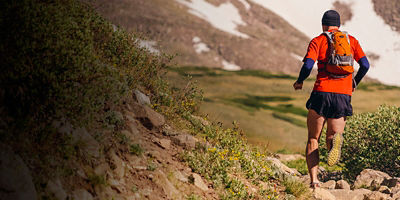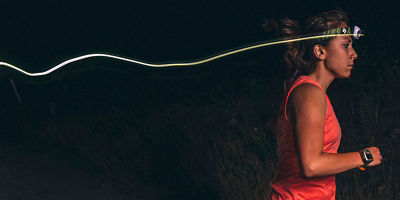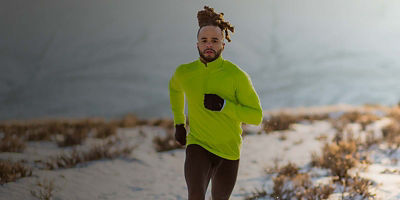
Add to that equation the body’s internal temperature, which changes rapidly with aerobic exertion, and the solution becomes trickier. Unless you are strictly a fair-weather runner, you will likely need to do some simple addition by creating a small quiver of running jackets in your closet.
In this guide, you'll learn about:
- Running jacket styles
- How to choose the right jacket for the conditions
- Materials and ratings
- Design features
Running Jacket Styles
Windproof
This type of running jacket is an essential layer for variable weather conditions. Lightweight and breathable, they can be easily worn for a warm-up and taken off mid-run to help regulate body temperature.
Conditions: Wear a windproof jacket for cold runs when you might need an extra layer.
Water-repellent
A running jacket that is water repellent will be more protective than a lightweight wind layer. It will have a DWR finish to help shed water while running in light rain or short exposure to wet conditions. This jacket will be more breathable than a fully waterproof jacket but will get soaked through from heavy rain or prolonged exposure in wet conditions.
Conditions: A water-repellent jacket is best for cold, damp runs when the conditions are variable with a chance of rain, or for cold days as an extra insulating layer.
Waterproof
When the weather is cold, wet, and windy, you'll need a waterproof layer to keep you warm and dry. These jackets are made with high-end waterproof material blends—designed to shed water and protect you from the elements so that you can enjoy otherwise miserable running conditions.
Conditions: Wear a fully waterproof running jacket for long runs in damp conditions or during heavy rain and colder days.






















